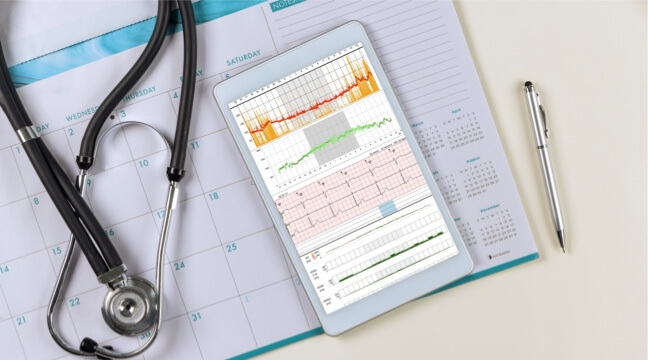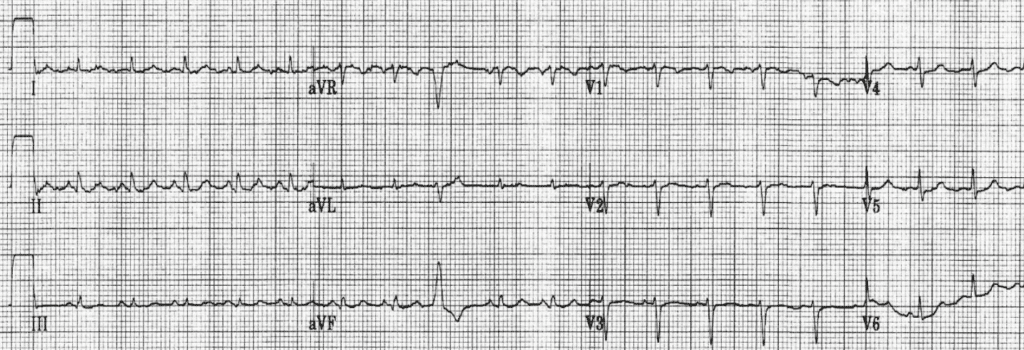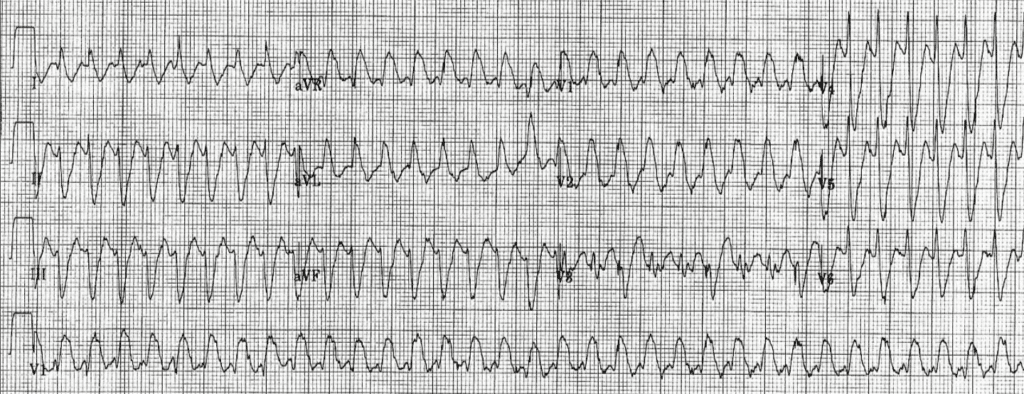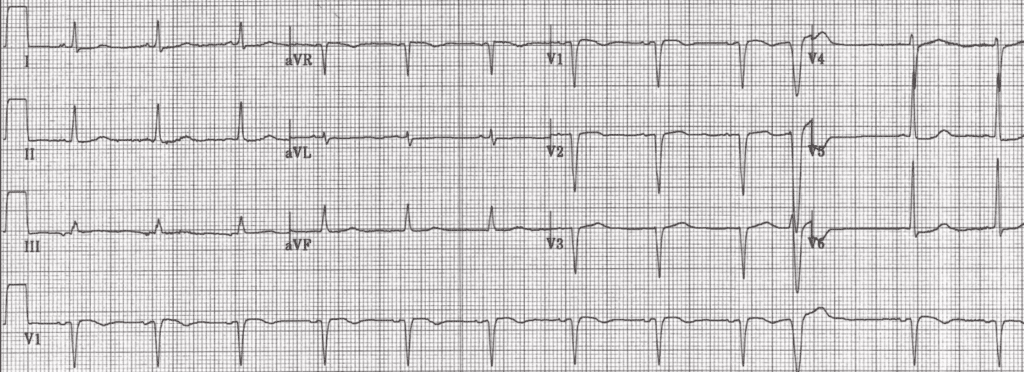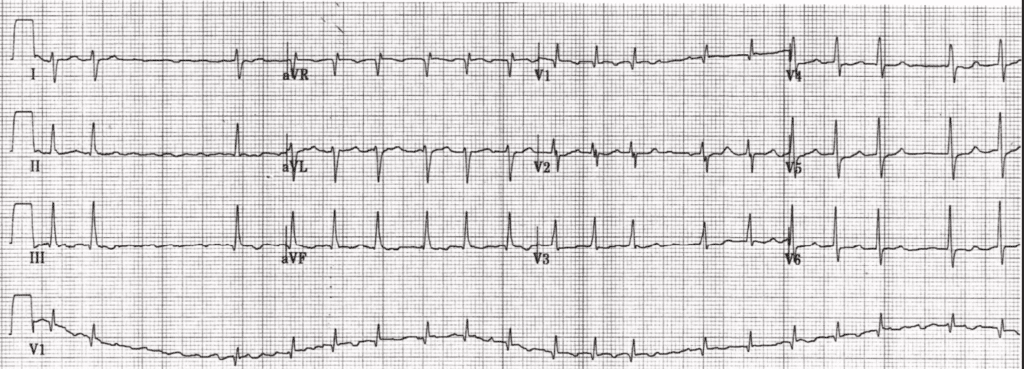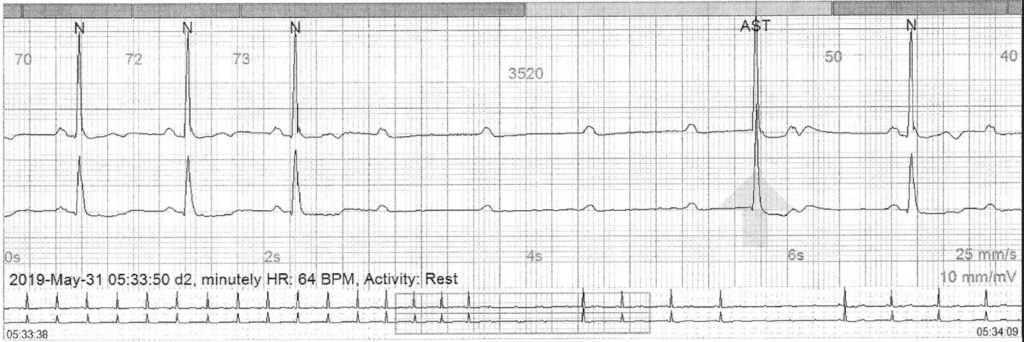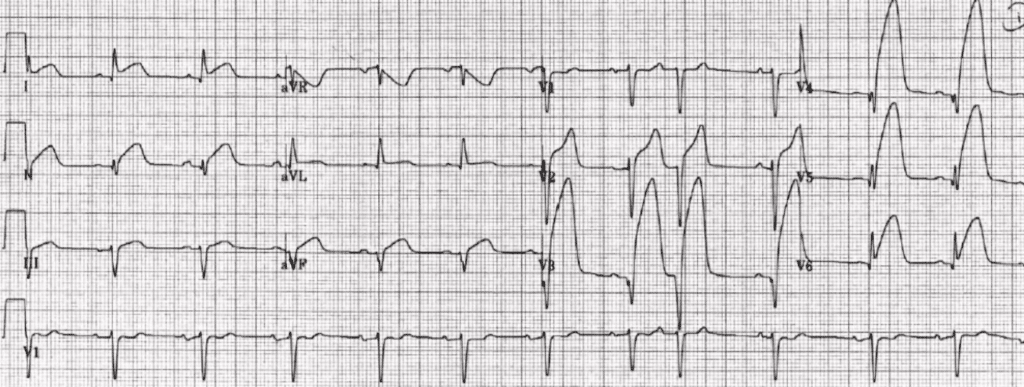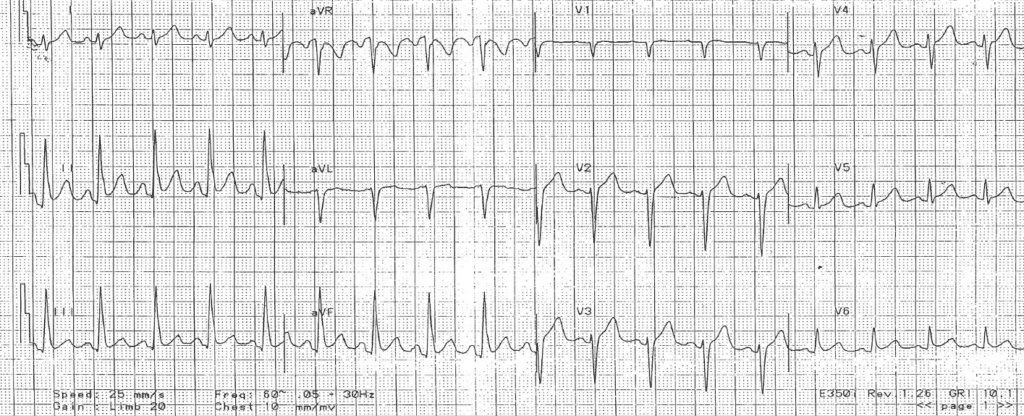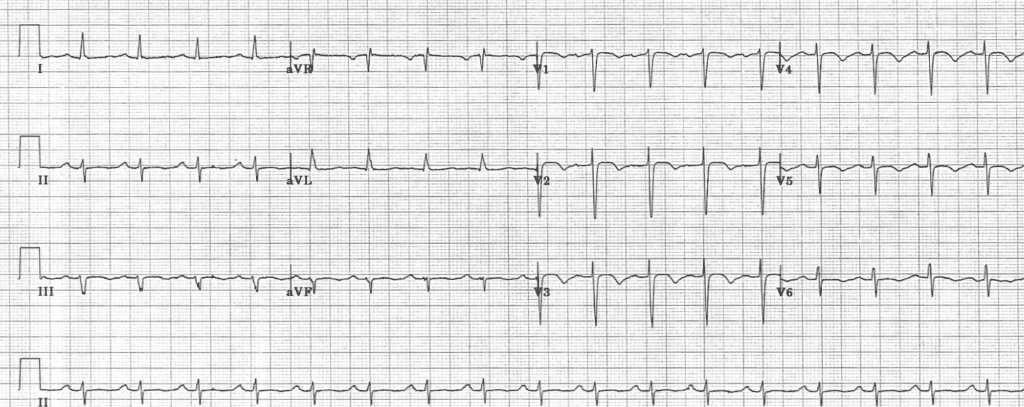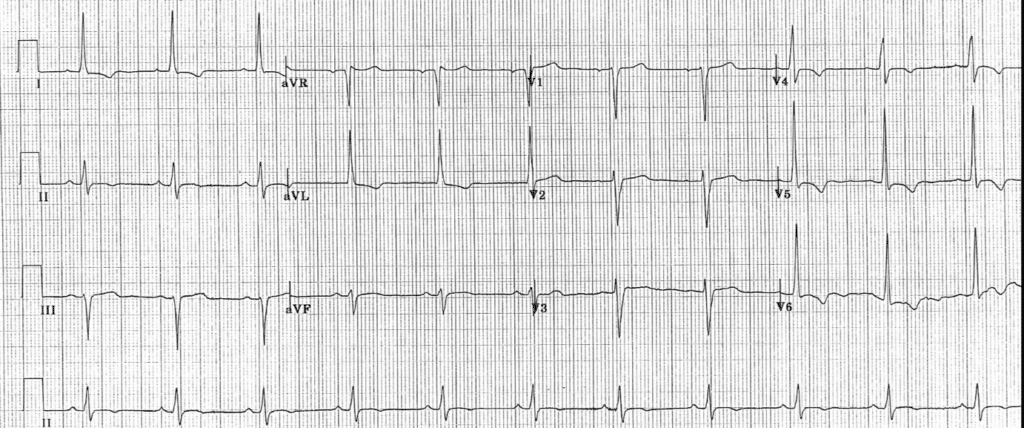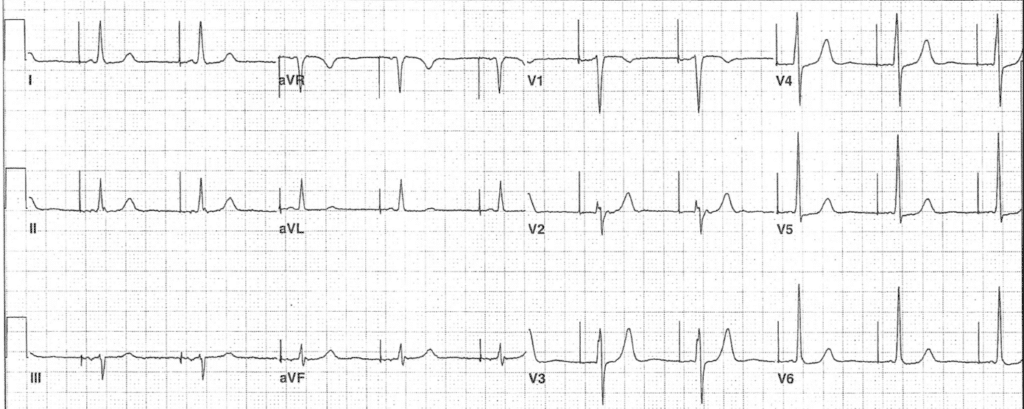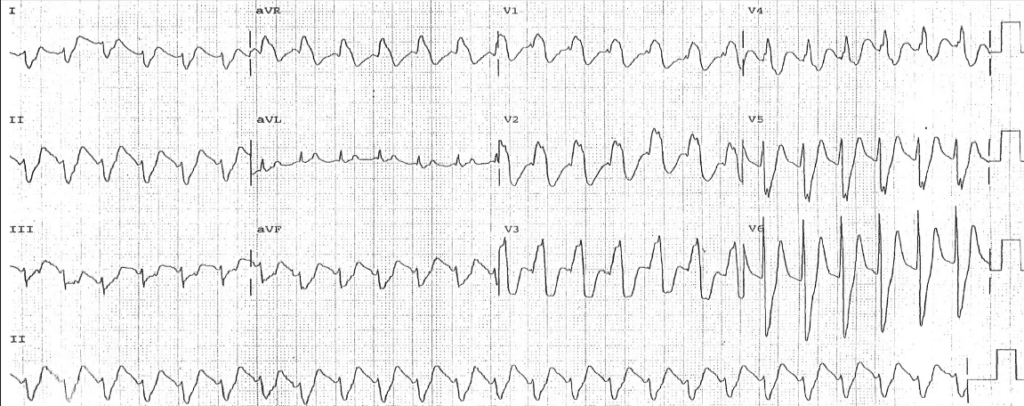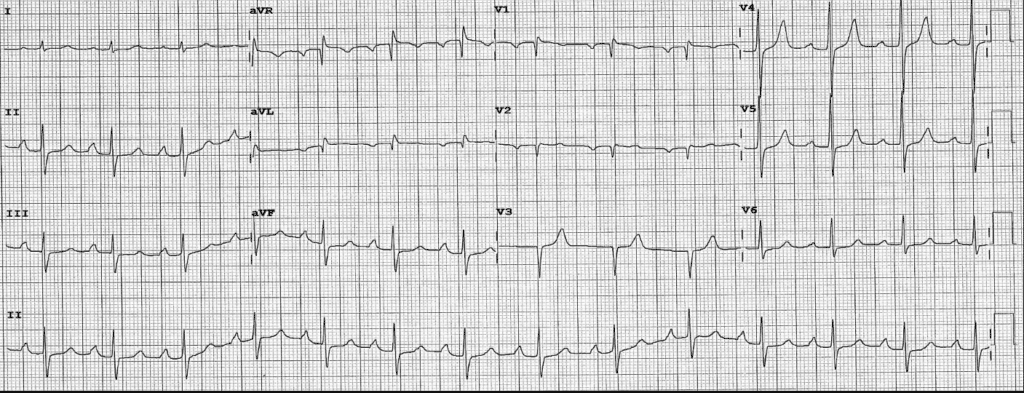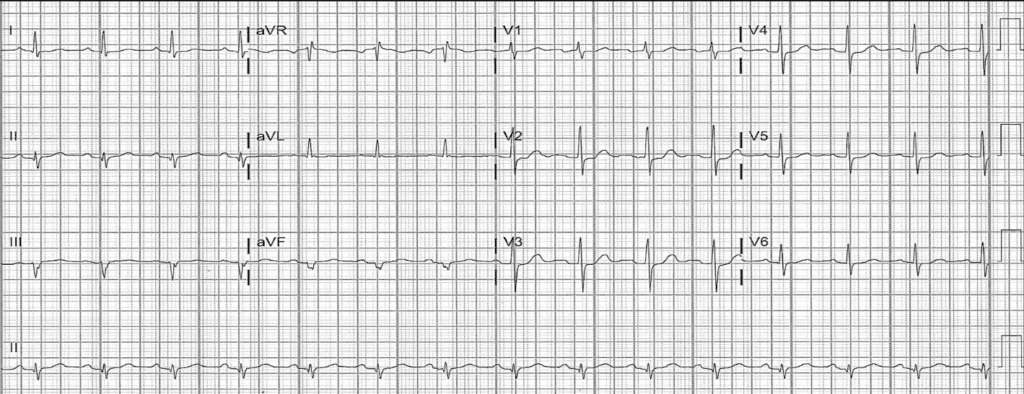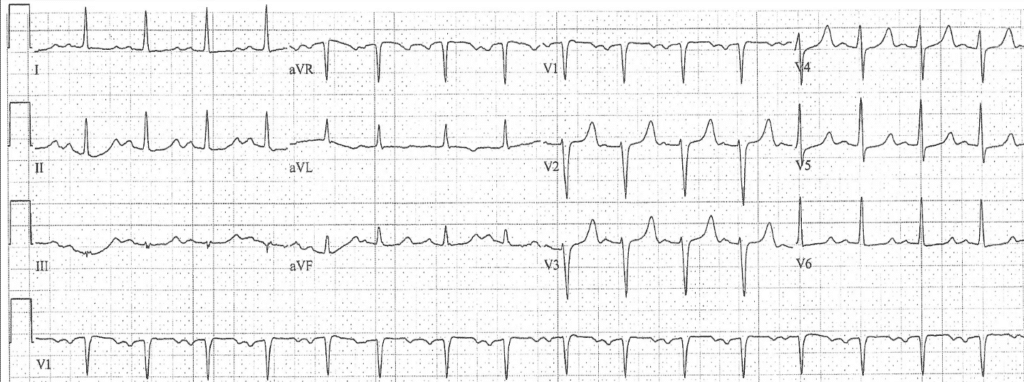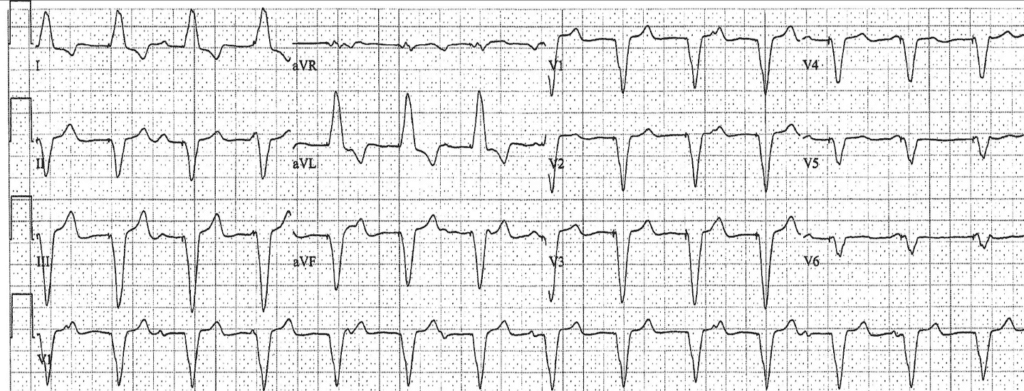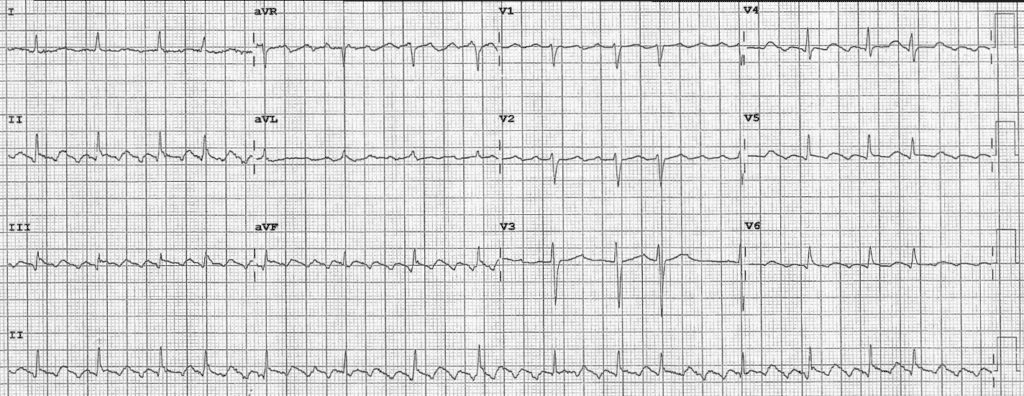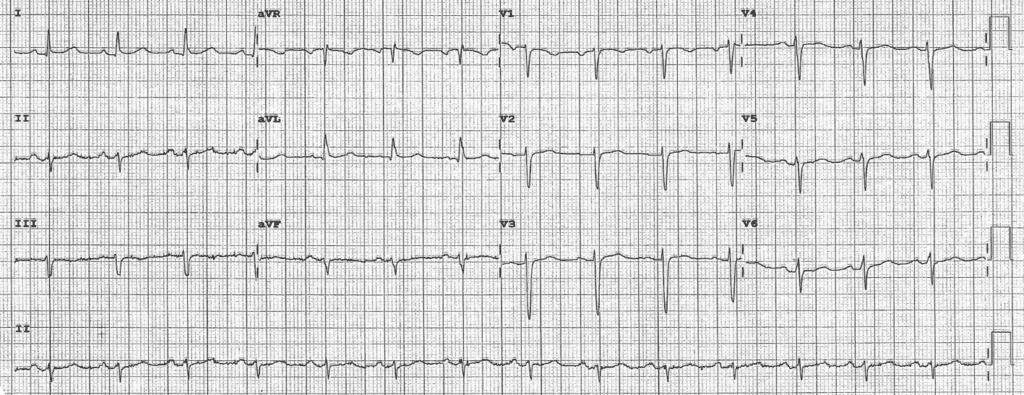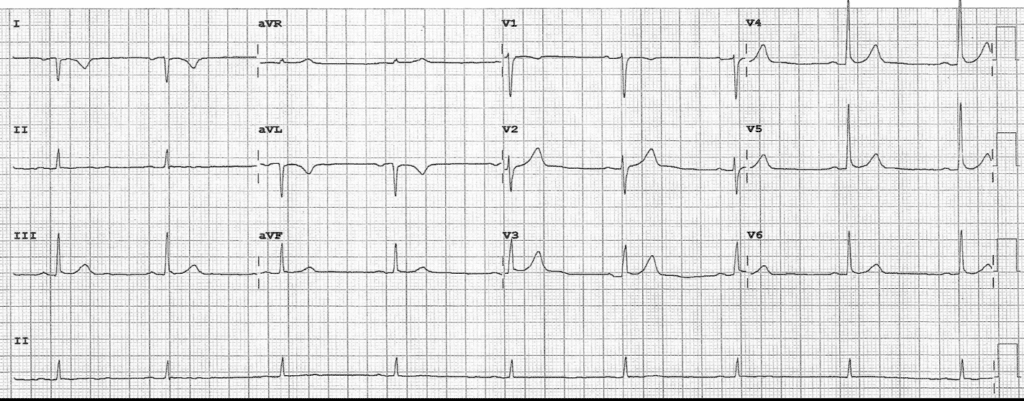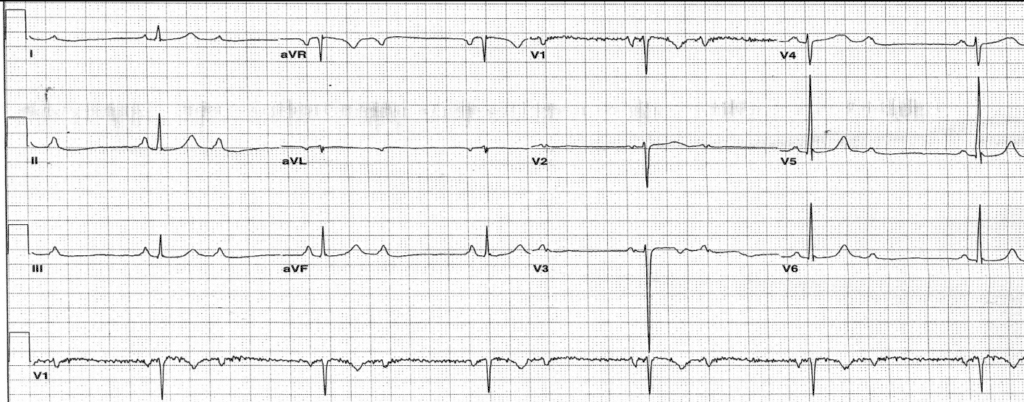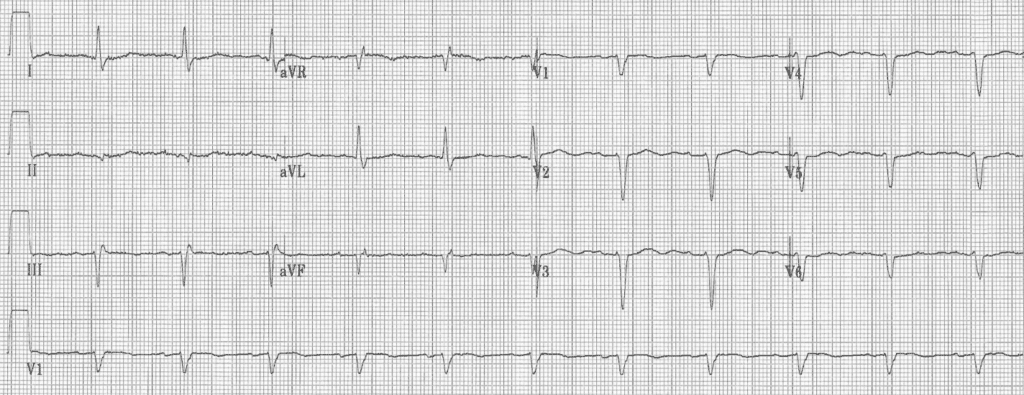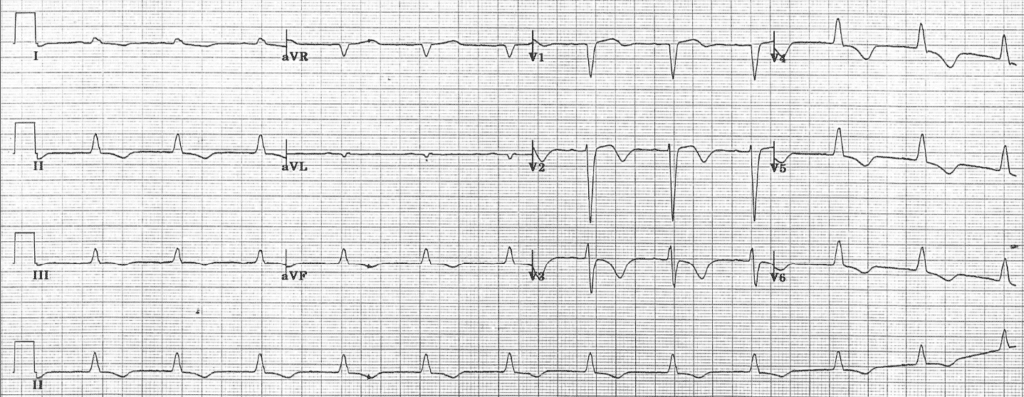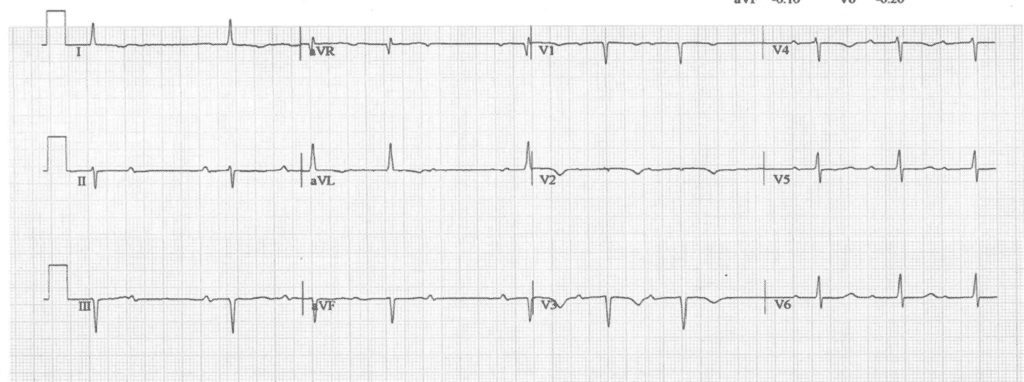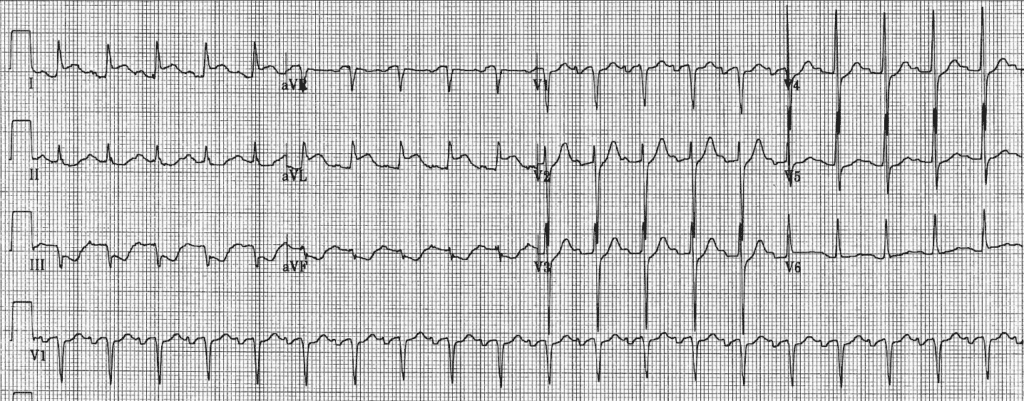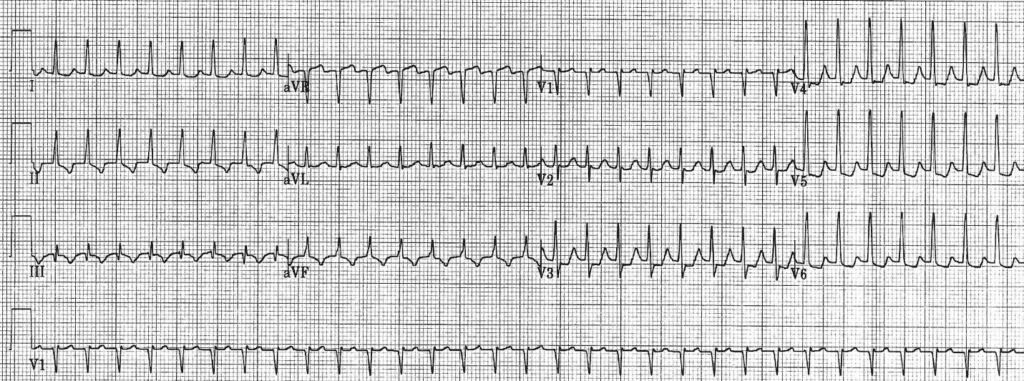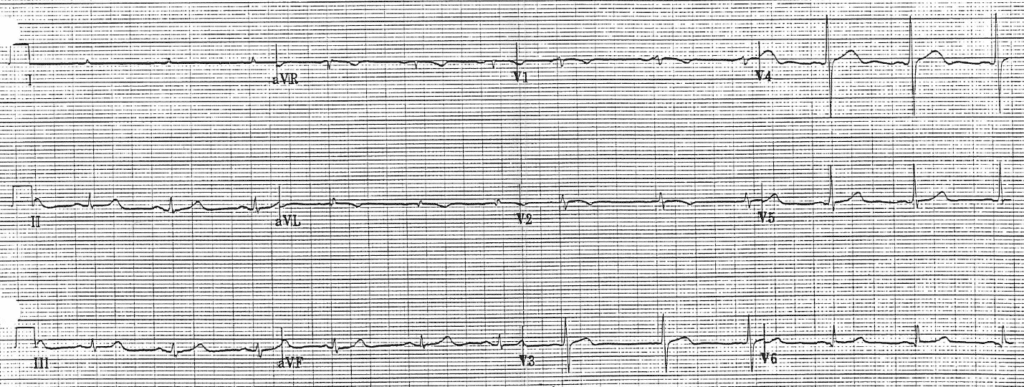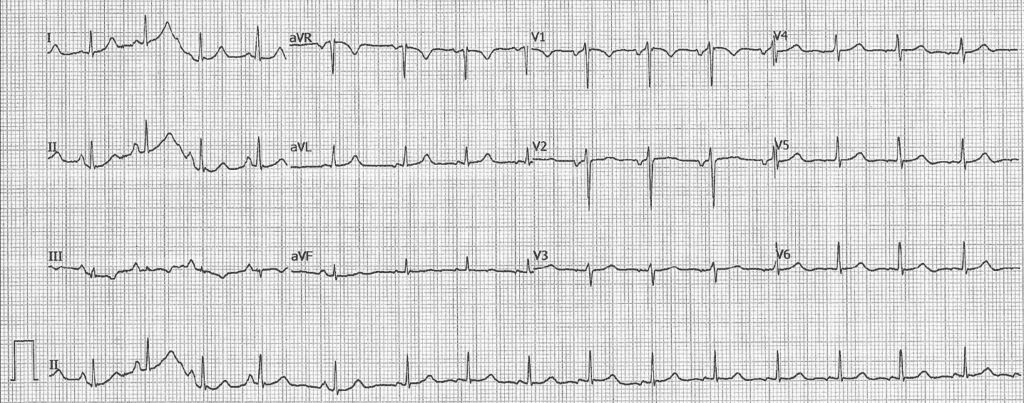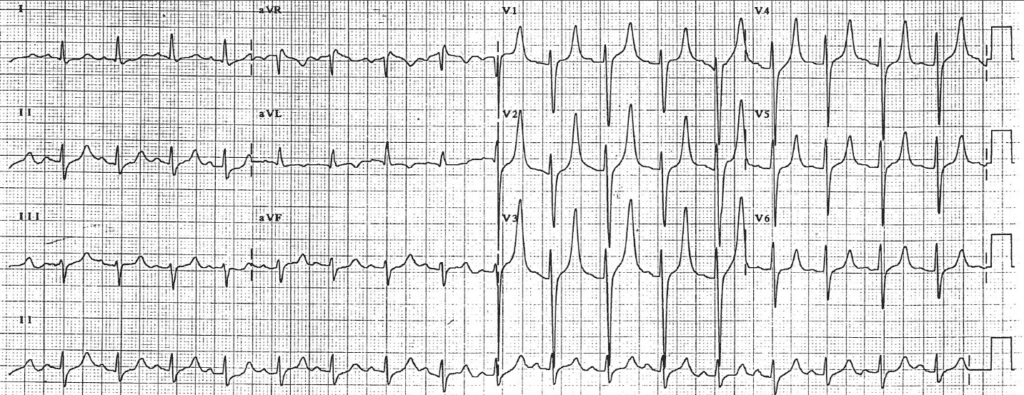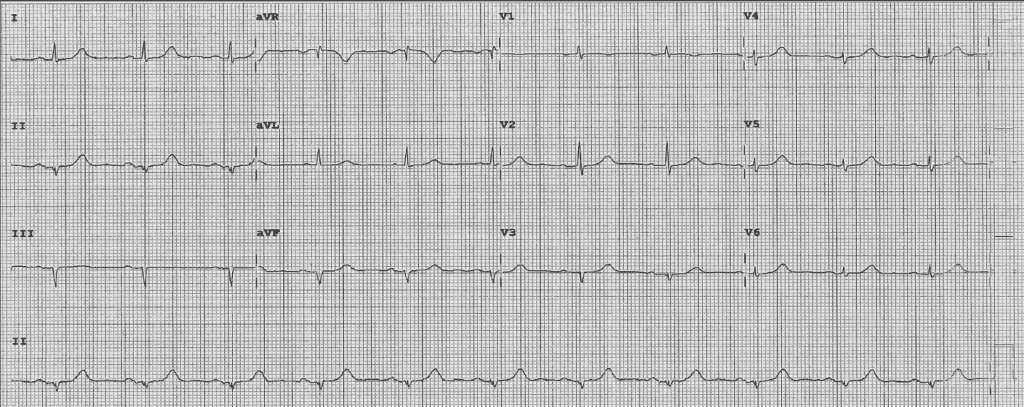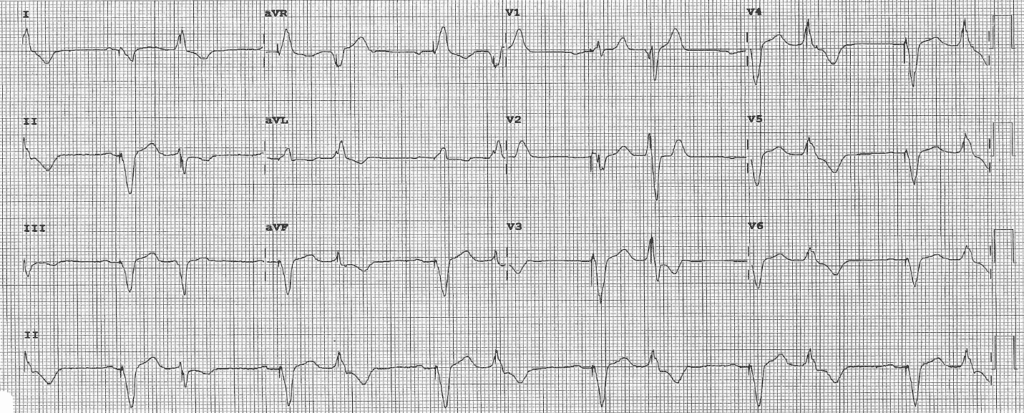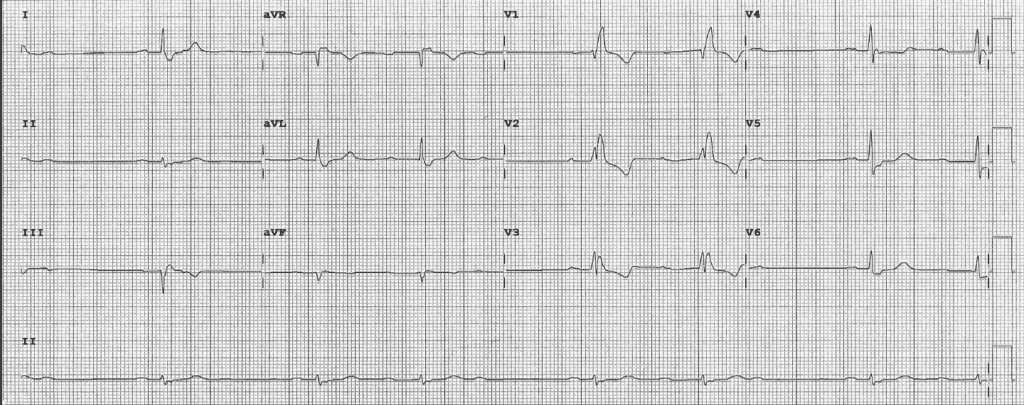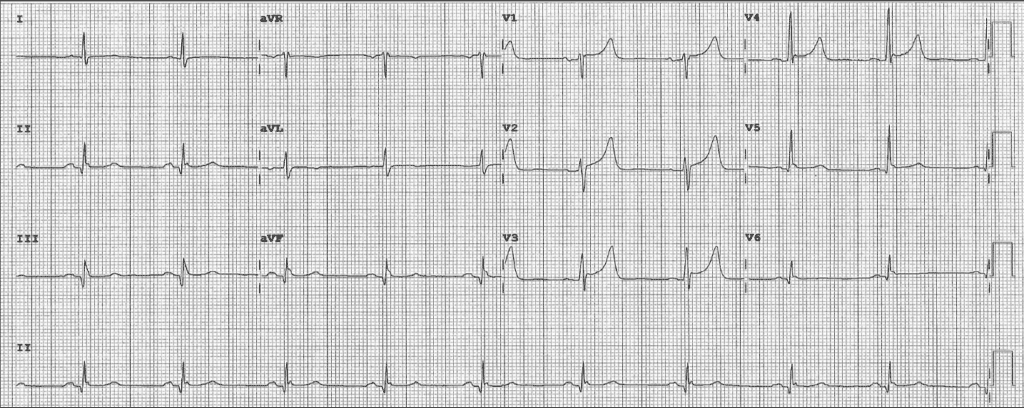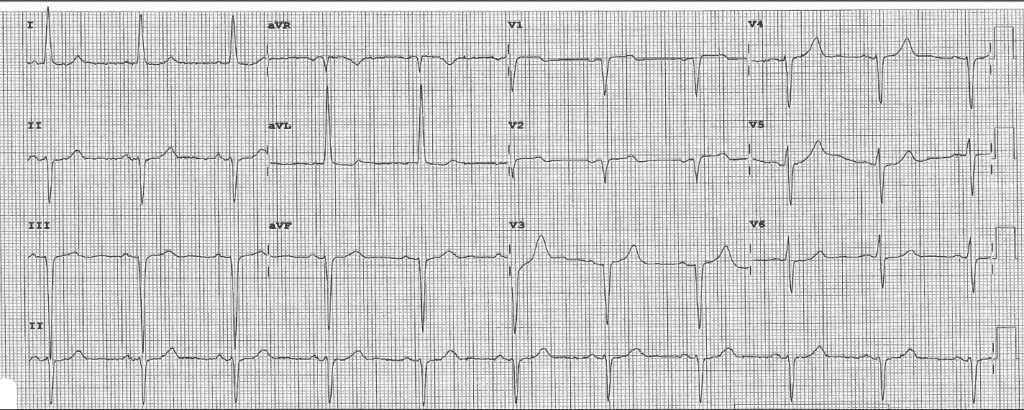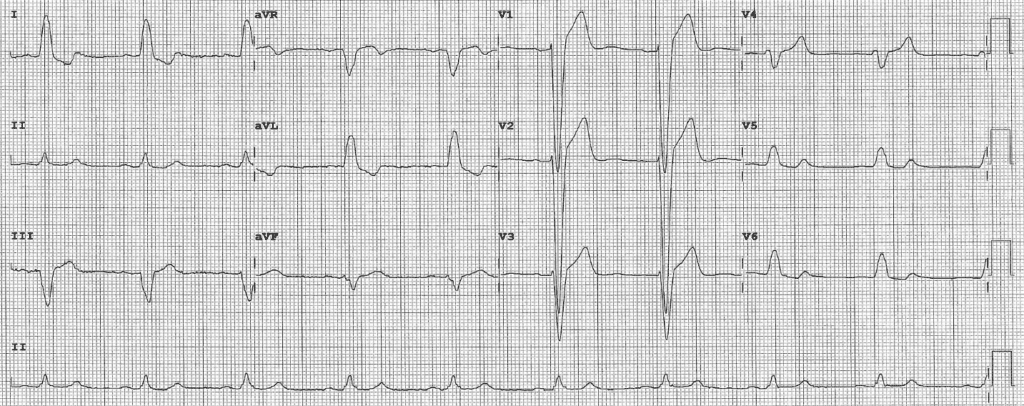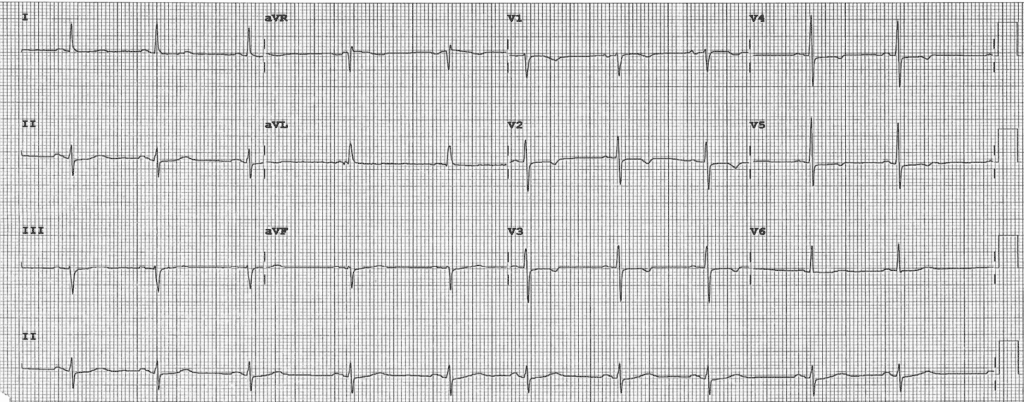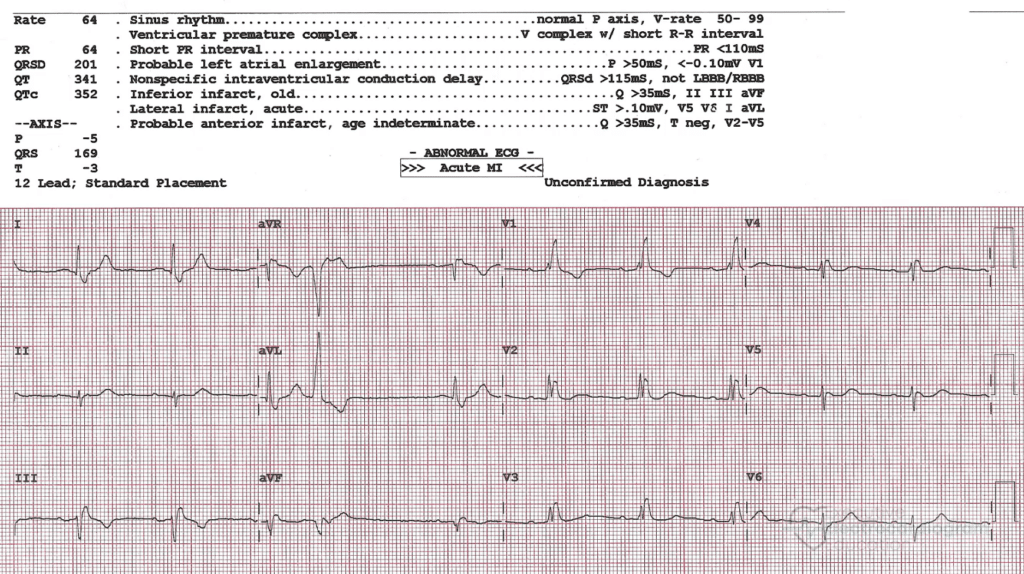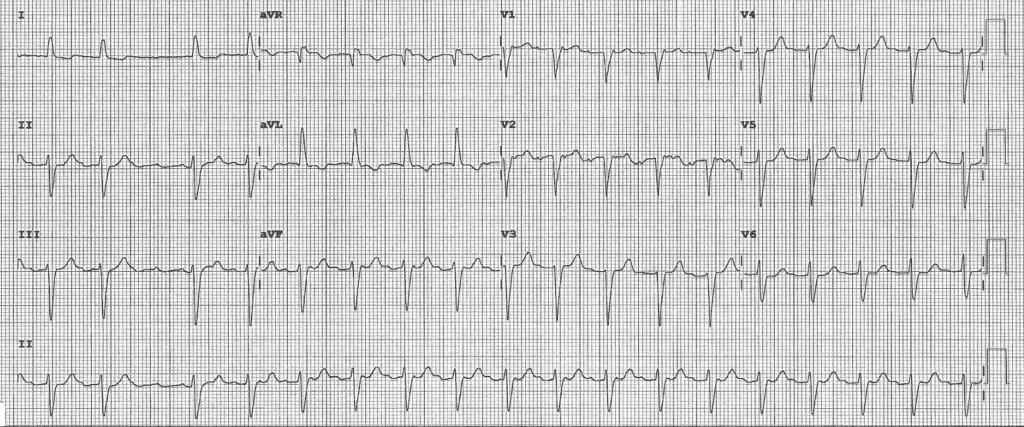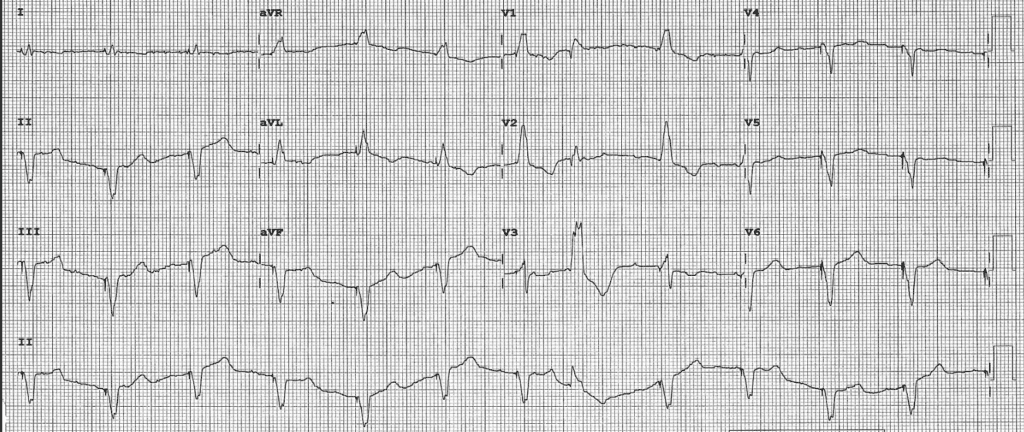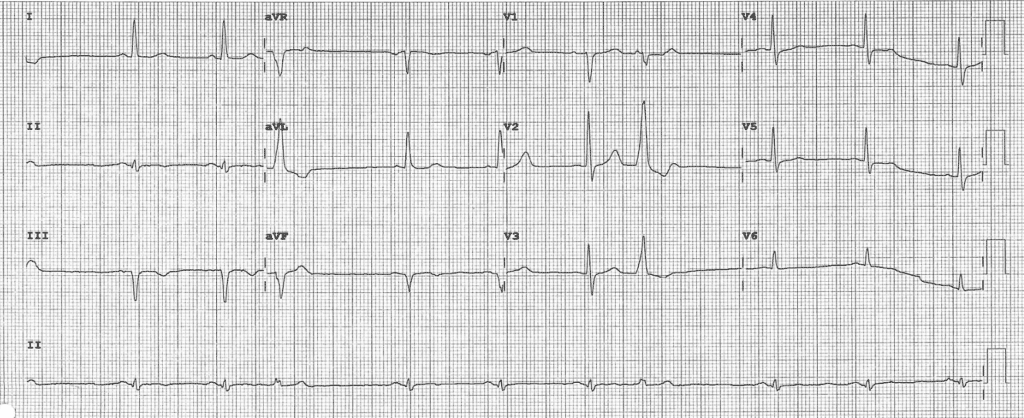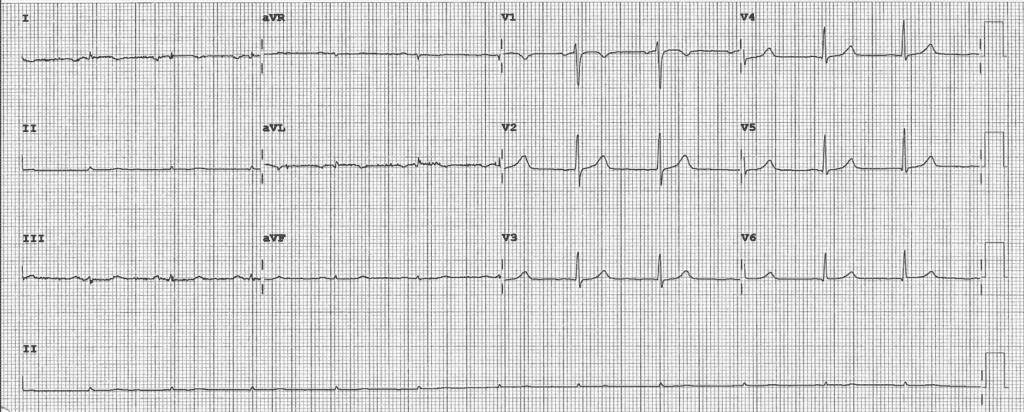ECGedu.com’s All Inclusive Bundle gives you access to all of our courses for 1 year at one low price.
Material Included:
- Basic Arrhythmia Interpretation – Learn to recognize normal and abnormal heart rhythms with this short, simplified arrhythmia course.
- Basic ECG Interpretation – Learn the basic normal and abnormal ECG findings, ECG criteria, and a simplified step-by-step approach to reading ECGs.
- Advanced Arrhythmia Interpretation – Takes your arrhythmia reading skills to the next level. Learn why and how the ECG machine sees these findings. Understand the anatomy and physiology behind arrhythmias. You won’t just memorize arrhythmias, but will also understand them.
- Advanced ECG Interpretation – Learn detailed ECG interpretation including the physiology related to the ECG findings. Most importantly, you will learn a detailed step-by-step approach to reading ECGs from start to finish. This system allows you to increase your reading accuracy, avoid missing abnormalities, and become more efficient.
- Practice ECGs Course – Plenty of practice ECGs that you read yourself, listen to the expert interpretation, and compare your findings. Each ECG is read using the same step-by-step approach taught in Advanced ECG Interpretation.
- Point of Care Echo – Learn cardiac anatomy and physiology through echocardiography. You will learn about the echo probe, the different echo views, the ventricles, the ejection fraction, and the valves. Also included are color flow Doppler, pericardial effusions and tamponade, pleural effusions, mass, vegetations, segmental wall abnormalities, the inferior vena cava, and the aorta.
- ACLS Rhythm Course – All ACLS rhythms are covered in this interactive video. Watch a rhythm strip, identify the rhythm, and then watch and listen to the detailed explanation.
See each individual course for full details.

